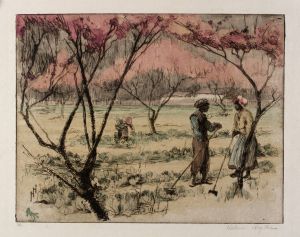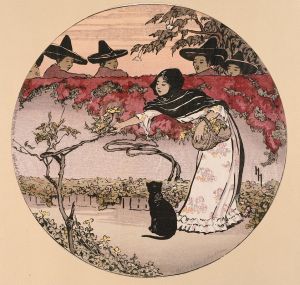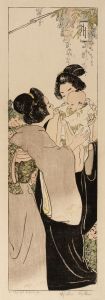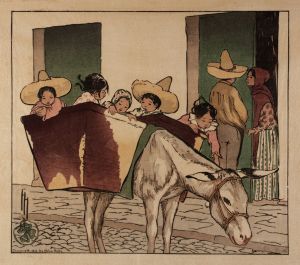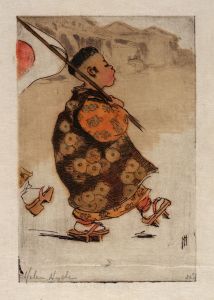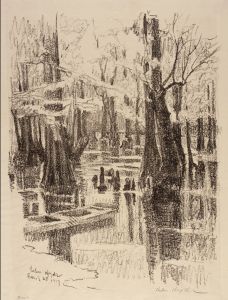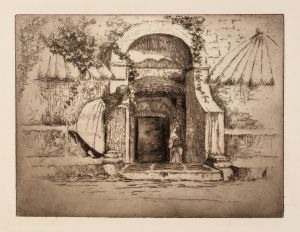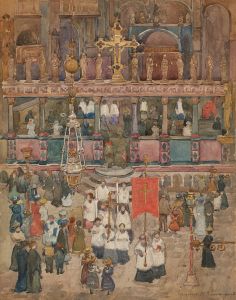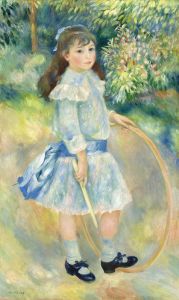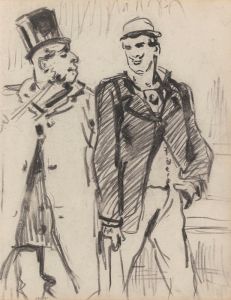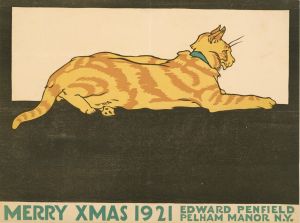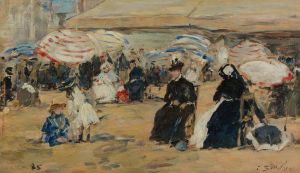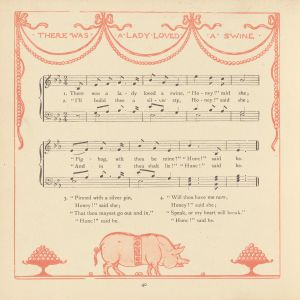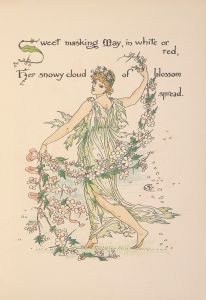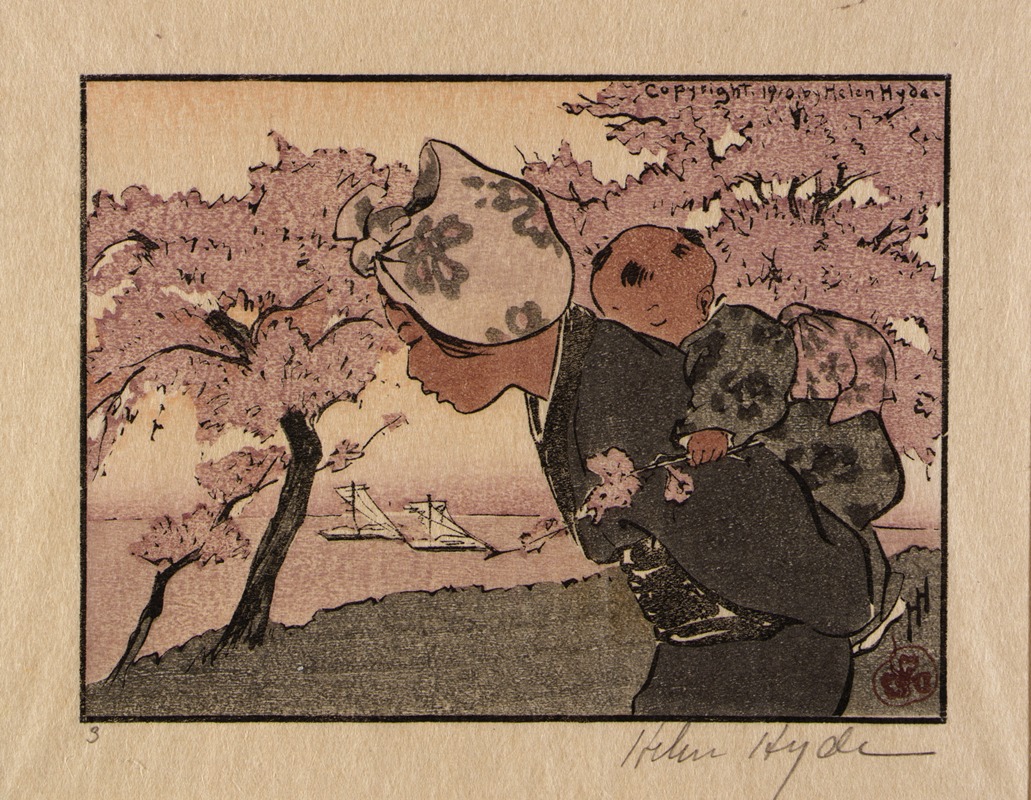
An April Evening
A hand-painted replica of Helen Hyde’s masterpiece An April Evening, meticulously crafted by professional artists to capture the true essence of the original. Each piece is created with museum-quality canvas and rare mineral pigments, carefully painted by experienced artists with delicate brushstrokes and rich, layered colors to perfectly recreate the texture of the original artwork. Unlike machine-printed reproductions, this hand-painted version brings the painting to life, infused with the artist’s emotions and skill in every stroke. Whether for personal collection or home decoration, it instantly elevates the artistic atmosphere of any space.
Helen Hyde was an American artist known for her work in the medium of color woodblock prints, particularly those depicting scenes from Japan. Born in 1868 in Lima, New York, Hyde became a significant figure in the American Arts and Crafts movement and was instrumental in popularizing Japanese-style prints in the United States during the early 20th century.
"An April Evening" is one of Helen Hyde's notable works, showcasing her mastery in the woodblock print technique and her deep appreciation for Japanese culture and aesthetics. Hyde's interest in Japanese art began during her studies in Europe, where she was exposed to the Japonisme movement, which celebrated Japanese art and design. Her fascination led her to Japan in 1899, where she spent several years studying traditional Japanese woodblock printing techniques under the guidance of masters such as Kano Tomonobu and Emil Orlik.
Hyde's work, including "An April Evening," is characterized by its delicate lines, subtle color palettes, and intimate portrayal of everyday life. Her prints often feature women and children in serene, domestic settings, capturing moments of quiet beauty and introspection. "An April Evening" exemplifies these themes, likely depicting a tranquil scene that reflects the harmony and simplicity found in Japanese culture.
The process of creating a woodblock print like "An April Evening" involves several intricate steps. Hyde would begin with a detailed sketch of her subject, which she would then transfer onto a block of wood. The block would be carved to create a relief pattern, with separate blocks used for each color in the print. This meticulous process required precision and skill, as the alignment of each block was crucial to achieving the desired final image. Hyde's ability to blend Western artistic techniques with traditional Japanese methods resulted in prints that were both innovative and respectful of the cultural art form she admired.
Helen Hyde's contributions to the art world were significant, as she helped bridge the gap between Eastern and Western art traditions. Her works were exhibited widely in both the United States and Japan, earning her recognition and acclaim. Hyde's prints, including "An April Evening," remain appreciated for their artistic beauty and cultural significance, reflecting a unique period of cross-cultural exchange and artistic exploration.
Hyde's legacy continues to be celebrated today, as her prints are held in various prestigious collections, including the Library of Congress and the Smithsonian American Art Museum. Her work not only provides insight into the art and culture of early 20th-century Japan but also highlights the broader influence of Japanese aesthetics on Western art during this period. Through her dedication and artistic vision, Helen Hyde left an indelible mark on the world of printmaking, inspiring future generations of artists to explore and appreciate the rich tapestry of global art traditions.





